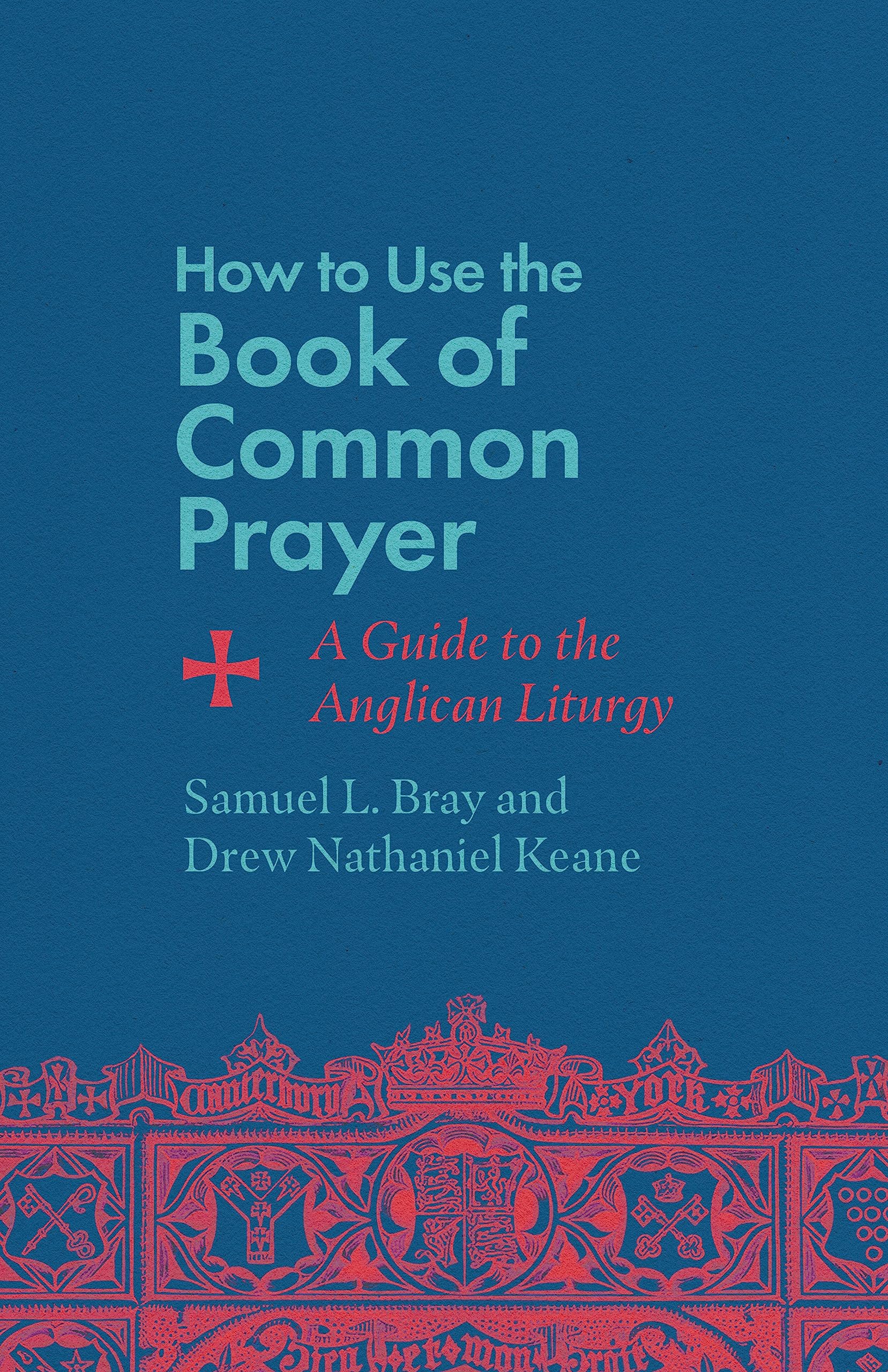What do you think?
Rate this book


187 pages, Kindle Edition
Published February 27, 2024
"In the first half of the general confession we descend step by step into the depths of sin, until we hit bottom with “And there is no health in us.” There is no hedging or qualification. It is a radical admission that we are sick, and that to find healing we must look outside ourselves. The next word, “But,” signals a shift from human failure to divine intervention (like in Ephesians 2:4)." (p 32)Then follows the absolution, where "the minister declares the gospel, stating the terms of forgiveness and offering hope and assurance to all those who turn from sin and cling to Christ Jesus." (p 33) I cannot summarise all their commentary, but I found Bray and Keane's comments insightful at multiple junctures. For example, on the importance of the placement of the creed – it follows after Scripture reading because it is a response to hearing the Scriptures, and the prayers follow after the creed because, as St Augustine says, "Faith is the fountain of prayers".
"The daily readings lay a foundation of biblical literacy. This is how we learn what’s in the Bible, from cover to cover. The Communion readings are short but deep. They teach us the essential doctrines of the church, emphasizing the life of Christ, and our life in Christ. And the Sunday first lessons give us the high points of the Old Testament, not only marking out the long sweep of the narrative from the patriarchs to the prophets, but also teaching us how to read the Old Testament in light of the New." (pp 107-108)Of course, as with any discussion of a Reformation document concerning Scripture, Bray and Keane also briefly touch on the debate between Protestants and Roman Catholics on the authority of Scripture.